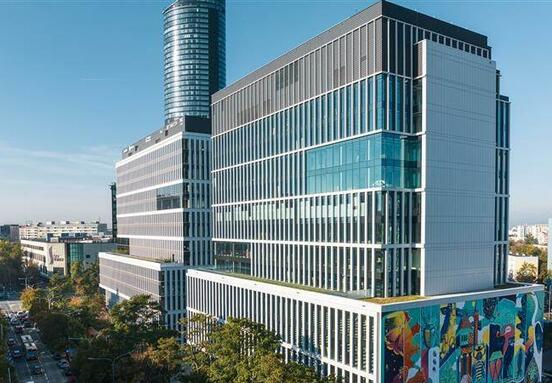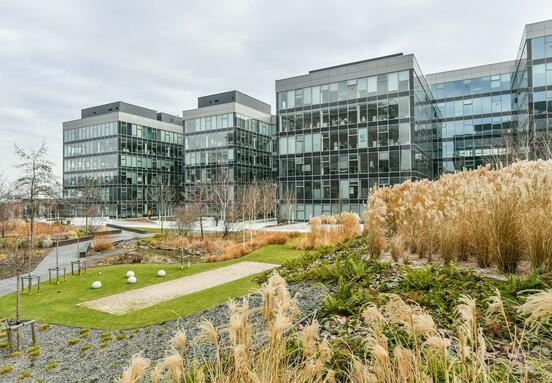The Deepening Crisis in Construction: What Businesses Need to Know
The construction sector faces a severe and escalating labor shortage, threatening project timelines and overall industry output. Given that construction is a vital engine for economic growth, contributing significantly to GDP and creating a ripple effect across numerous related sectors, this crisis has broad implications. According to a recent analysis by McKinsey & Company, current trends in stagnant productivity and worker shortages could lead to a global construction sector deficit of up to $40 trillion by 2040. Such a substantial decline would not only harm the construction industry itself but also undermine economic stability and the capacity to meet the growing demand for affordable housing and essential infrastructure. For businesses looking to rent office or warehouse space, this directly translates to potential delays in new commercial developments and increased costs.
Understanding the Roots of the Labor Shortage
The construction labor crisis stems from a complex interplay of societal shifts, primarily a growing generational gap. A PlanRadar survey reveals that 63% of construction firms believe the industry no longer attracts young people, leading to a dramatic reduction in new entrants. Compounding this, many companies lack systematic tools for effective knowledge transfer, meaning experienced professionals retire without qualified successors. This creates a dangerous cycle: fewer young workers increase the burden on existing staff, making the sector even less appealing.
In the Czech Republic, these global challenges are exacerbated by dramatically rising personnel costs and uncertainties from lengthy permitting processes. While some European markets focus on attracting a new generation, a significant portion of Czech respondents also highlight the impact of restrictive immigration policies, with nearly a fifth citing limited access to skilled foreign labor as a major cause of current shortages. Interestingly, Czech construction firms have shown remarkable resilience, with almost 43% maintaining project schedules despite acute labor shortages—the best result among analyzed countries. However, this apparent positive figure is a warning; it likely signifies the Czech market is operating at its capacity limits, having exhausted most available reserves. Without systemic changes, this relative stability could quickly collapse, as room for further improvisation is practically depleted.
Direct Impact on Your Business: Navigating Real Estate Delays and Costs
The labor shortage significantly impacts daily construction practices. Globally, 75% of construction firms in PlanRadar's survey reported that the personnel crisis directly caused project delays. While less dramatic in the Czech Republic, this remains a dangerous trend. As demand for new construction continually rises and investors push for shorter deadlines, construction firms struggle with chronic human resource shortages. For businesses seeking new office or warehouse space, this means longer waiting times for new developments to be completed, potentially higher rental costs due to limited supply, and challenges in securing custom fit-outs or renovations within desired timelines. It’s no longer enough to seek short-term fixes; systemic innovations are critical to dramatically increase work efficiency with limited human resources. Without this transformation, even relatively resilient markets like the Czech one will soon hit their limits.
Building Resilience: Digitalization as a Solution for Modern Real Estate
Addressing the structural causes of this crisis will take time. Restoring the industry's appeal to younger generations and creating effective training pathways are long-term tasks. However, construction firms need to change their immediate approach: instead of passively waiting for the labor market to recover, they must actively maximize the utilization of existing human resources. In this regard, digitalization offers immediate and measurable relief. Implementing modern software tools simplifies workflows, eliminates communication issues, and provides transparent project oversight from planning to construction and management. This enables teams to maintain high productivity even with strained personnel. Human resources may be limited, but output doesn't have to be. Efficiency becomes the critical driver, keeping the entire industry competitive. It’s about working smarter, not harder. When teams are perfectly aligned, information flows smoothly, and reporting is efficient, firms can handle significantly more projects and achieve truly sustainable growth. Even seemingly small efficiency gains accumulate exponentially.
Attracting Talent Through Technology: A Win-Win for Construction and Occupants
Modern digital tools are also crucial for attracting new talent. To engage young professionals, firms must offer a technologically advanced work environment that aligns with their digital habits and high expectations. The emerging generation seeks meaningful roles, clearly defined processes, and advanced technologies that allow them to focus on creative problem-solving instead of frustrating administrative routines. Young professionals don’t just look for a job; they look for an environment where they can leverage their potential and where technology accelerates their capabilities, rather than hindering them. This focus on technology within construction translates into more efficiently built, modern, and often smarter buildings, which are more appealing to forward-thinking businesses looking for contemporary office or warehouse spaces.
Securing Your Future: Strategic Real Estate Planning in a Changing Landscape
The labor shortage is unlikely to disappear soon. However, this doesn't mean construction, and by extension, the availability of commercial real estate, has to halt. By rethinking how work is done today, we can build a foundation for greater resilience in the future—and maintain the capacity for continued growth, even in a challenging environment. For businesses, this means understanding the market dynamics, planning real estate needs well in advance, and considering that properties built or managed with advanced digital solutions may offer greater reliability and efficiency in the long run.
Source: crestcom.cz






